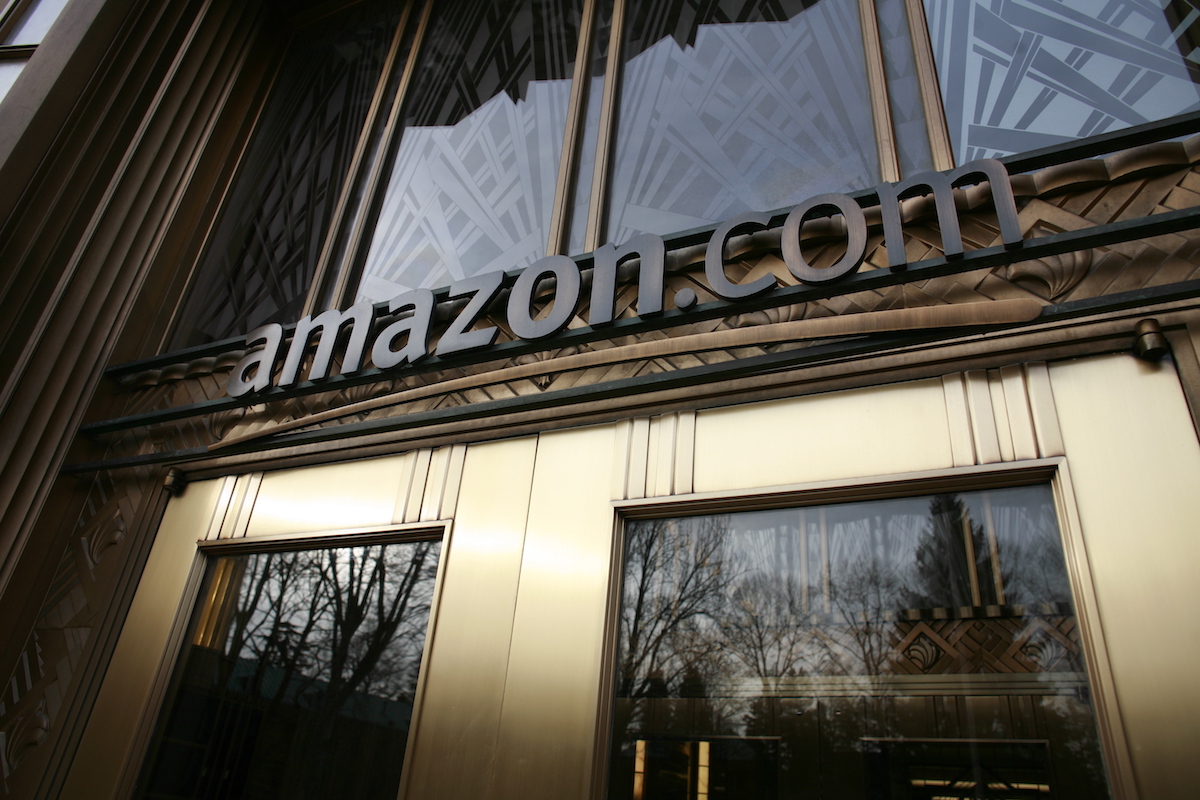Top Stories
Automation and the Death Knell of the American Workforce
Robots don’t complain, they can work 24/7, and they only cost an initial investment and maintenance.

Throughout this Summer, I worked for Amazon as an ‘associate.’ I worked shifts of four to five hours a day, six days a week, during which I performed various manual labor tasks. So I am familiar with the kind of people who work at Amazon fulfilment centers, and how the company treats its workers. Recently, Amazon has been the subject of a public campaign led by Senator Bernie Sanders for higher wages and better working conditions. Having listened to the Senator’s rhetoric, I have concluded that Amazon risks significant damage to its reputation if the company mishandles this situation. I have identified three likely outcomes: wages and conditions could increase, nothing could be accomplished at all, or the workers could be replaced by automation. Careful consideration makes it clear that only feasible outcome is automation, for several reasons.
Consider the predicament of the Amazon warehouse worker. The Amazon worker commutes to a warehouse where he will stand for many hours, performing the same task over and over again, day after day, month after month. Filling orders, stacking boxes, and unloading trucks is an unrewarding job. Employees soldier on despite the numbing work, because they need the money to pay their bills and stay afloat. According to Amazon’s 2017 SEC Definitive Proxy Statement, the median pay for workers was $28,446 per annum, which means that 50 percent of them make the same or, in most cases, less than that amount. Using the profile of a full time worker, 40 hours a week at 48 weeks a year, the average hourly pay averages out at $14.81 per hr. That isn’t an awful wage—it is actually just under the $15 minimum wage Sanders himself has proposed. However, this kind of work is hard and unfulfilling, and employees are entitled to feel that they deserve better than $14.81. And so they raise their voices in protest with Senator Sanders. Jeff Bezos is worth $150 billion, so he can afford to pay his workers a little extra. Right?
Unfortunately, the problem is more complicated than this. To understand why, it is necessary to also consider the situation from Amazon’s perspective. The company is under pressure from its own workers and a US Senator to agree a wage increase. This is not good for publicity, particularly given the kind of populist reach that Senator Sanders was able to establish during the 2016 Election. If a company’s customers are being told that it is running some sort of sweatshop, they may decide to take their business elsewhere. So, the data team will run some quick numbers to estimate costs of conceding to the demands for higher wages. Using the above profile of a full time worker, Amazon will have to pay an extra $1920 per worker for every dollar increase in wages. Multiply this number by 45 percent of your workforce, or about 250,000 workers, and this yields $480,000,000 in increased operating costs for every dollar of wage increase. This figure amounts to about 15.8 percent of Amazon’s total 2017 earnings, using the $3.03 billion Net Income number provided in their 2017 SEC filing. Even if we were to rerun the calculation for just 30 percent of the workforce, Amazon would still be looking at an increase of around $320,000,000 in wages.

Looking at these numbers, Amazon is faced with a decision. The company can increase wages, which will provoke a backlash from investors when the increased operating costs cut into their earnings. In any case, the company’s investors could block a wage hike if it were put to a vote. Furthermore, if investors are not going to be getting the return they anticipated, the company’s stock price could fall making Amazon a less attractive investment. A wage hike is therefore not optimal. So, what if Amazon ignores the protests and demands and does nothing at all? This option carries the risk of a consumer backlash as the furor over the company’s inaction rises, and leaves Amazon exposed to political risk from politicians looking to score populist points by denouncing a large corporation. Discarding these two suboptimal options, leaves only the third: automating repetitive jobs, thereby eliminating the problem of workforce complaints. This option will require an initial, and potentially large, investment. But, in the long-term, the investment will save on wage costs and eventually increase earnings. Investors would value the company with higher earnings, and lower wage costs might allow Amazon to cut prices to tempt back customers put off by the job cuts.
Automating fulfilment and shipping centers isn’t unprecedented, further strengthening the automation option. JD has automated a facility similar to an Amazon fulfilment center in Shanghai, and showcased this facility with a YouTube video for the world to see. The video is both interesting and shocking at the same time—there isn’t a human in sight during the entire three minute clip:
Other companies like the online grocery retailer Ocado also use automated fulfilment centers, and Ocado has sold its technology to other grocery retailers. With these examples in mind, it is hardly a stretch to predict that Amazon would have little trouble automating its facilities, and that this process of automation will continue to phase people out of company workforces.
The unfortunate thing about this situation is that both actors—Amazon and its workers—will be achieving a bad outcome by acting in a rational way. Workers, after all, are justifiably pursuing higher wages and a better standard of living. The cost of living in the US is high and rising, while wages have seen scant growth for decades. In economic terms, an Amazon worker making $14.81 an hour is making roughly the same median yearly wage as a worker in 1998, but enjoys less purchasing power than that worker due to rising inflation. On the other hand, as a publicly owned and profit-maximizing business, Amazon is justifiably trying to save on wages by automating its workforce. Robots don’t complain, they can work 24/7, and they only cost an initial investment and maintenance. Senator Sanders, meanwhile, is probably sincerely prioritizing what he thinks are the workers’ best interests, but the reality is that his aggressive push for better wages on their behalf is more likely to result in those workers losing their jobs entirely.

Furthermore, if this situation does end in automation, it will serve as a warning to workers attempting collective bargaining with powerful corporations. The stick of collective bargaining in the past was the threat of strike, and halting of production that needed workers to function. Today, a strike doesn’t hold the same threat as the past. If workers threaten to strike or fight for better wages, it will create only a temporary dislocation while the factory owners automate those positions. The corporation now holds all the power in this situation, and workers can only worsen their situation by threatening industrial action. This collapse of bargaining rights is the death knell of idea of the proud American worker, able to control his fate through hard work and craft.
The future looks pretty bleak for the American worker. According to Bain’s Macro Trends Group Labor 2030 report, 40 million workers will be displaced by automation in the USA by 2030. Automation will dislocate large sections of the population, fomenting political risks that threaten the fabric of the nation. The money that corporations make won’t be as widely spread between workers and capital owners, because the workers will be robots that require no income. That paradigm will serve only to increase inequality and inflame class tensions already nearing their breaking point. We would do well to consider the plight of the worker, and to figure out how to use automation to strengthen a society, not dislocate it.






